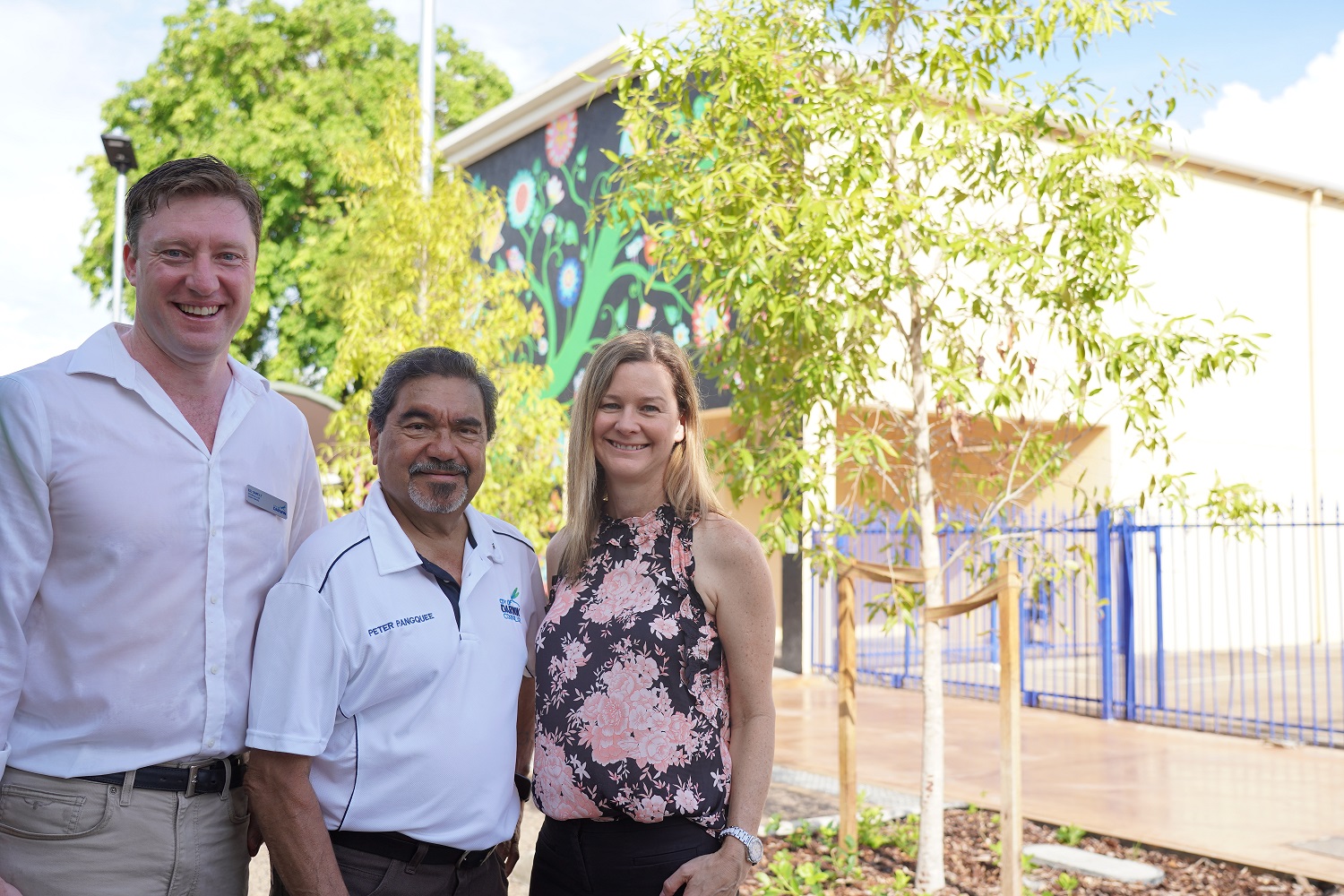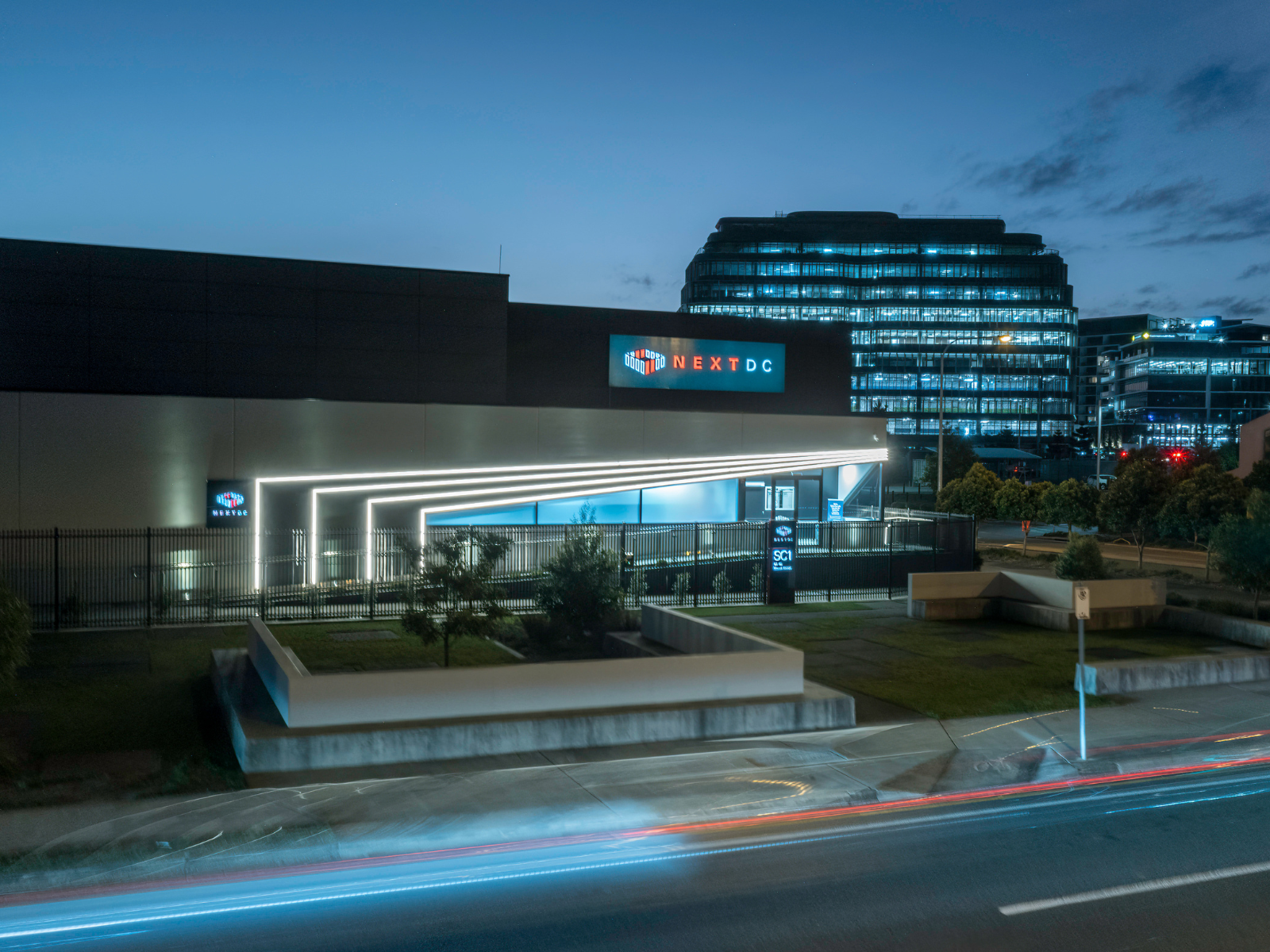South Australia’s economy will continue to expand in the new year, but at a slower pace. After two years of rapid growth, the state economy is now operating at a very high level of capacity utilisation with unemployment at low levels.
Tighter financial conditions, cost of living pressures and high energy prices are all expected to have a dampening influence on growth in 2023.
These conclusions are contained in the latest Economic Briefing Report prepared by economists from the University of Adelaide’s SA Centre for Economic Studies (SACES). Their report highlights:
- Global economic growth has slowed in 2022 and is expected to slow further in 2023. Over the last six months expectations for growth have been significantly marked down for the United States, China and numerous other countries.
- There are high inflation rates around the world. This reflects the fact that many economies are running near full capacity, especially when ongoing supply chain disruptions from COVID, trade hostilities between the US and China and, on top of that, disruptions from the war in Ukraine are taken into account.
- Policy makers have responded to high inflation rates by lifting official interest rates and putting a brake on government spending. The combination of supply chain disruptions and anti-inflation measures has reduced growth rates in 2022 and will lead to slower growth in 2023.
- China’s recent move to dismantle its strict ‘zero-COVID’ doctrine will probably allow a stronger recovery, but an initial rise in cases will lead to worker shortages and strain its health system.
- Australia’s recovery has continued at a moderate pace during 2022.
- The national economy has been running at very high levels of capacity utilisation and this is contributing to inflationary pressures.
- Australian labour market conditions are very tight with unemployment at the lowest level for decades and the employment to population ratio at a record high.
- South Australia has enjoyed rapid growth over the past two years thanks in part to favourable seasonal conditions supporting farm production and also the return to more normal operating conditions as we emerge from the era of pandemic restrictions.
- Output is now well above where it would have been had growth maintained its pre-pandemic path.
- There were signs of slower growth in the September quarter, with final spending in South Australia coming to a near standstill. Public spending has turned down, and dwelling investment fell in the quarter, but business investment and household consumption have remained resilient so far.
- Overseas export volumes reached record high levels in the second half of the year, with exports of cereals, vegetables and refined copper rising strongly.
- SA labour market conditions are at their strongest in decades. Employment is high, unemployment is low, and labour force participation is strong. Forward indicators suggest that South Australian employers’ hiring intentions remain very strong.
“South Australia’s economic growth was very strong through 2021 and the first half of 2022, but there are signs that it is now slowing.”Mr Jim Hancock, Executive Director, South Australian Centre for Economic Studies, the University of Adelaide.
“South Australia’s economic growth was very strong through 2021 and the first half of 2022, but there are signs that it is now slowing. Growth prospects going forward are held back by the fact that the economy is now close to “full employment”. It is likely that growth will slow in 2023 in response to higher real interest rates and slower growth in the national and international economies,” says Mr Jim Hancock, Executive Director, South Australian Centre for Economic Studies, the University of Adelaide.
“Although wages growth has picked up recently, the increases that have been seen to date are quite low given how tight labour market conditions are at present. If wages growth does not accelerate much beyond current rates the Reserve Bank’s inflation-fighting task will be made much easier.”
While the South Australian economy faces a number of headwinds, there are a number of positive aspects to the economic outlook.
“Grain growers are looking forward to another bumper harvest this season. Labour market conditions are likely to remain strong with very high job vacancies suggesting there is considerable unmet demand for labour at present. And further improvements in supply chain functioning, recent strong growth in business investment, and a pickup in population growth will help to relieve some capacity constraints but will not entirely remove them,” says Mr Hancock.
“It would not be helpful for Australia to introduce broad economic stimulus policies at this time because the limits to growth are on the supply side of the economy. Broad stimulus measures would work against bringing inflation back to the levels that are needed for prudent economic management. But there may be some need during 2023 to provide support to lower income households facing cost-of-living pressures. In the longer term, the fundamental challenge for Australian Governments is to find and implement policies that support genuine increases in productivity growth.”
The full Economic Briefing will be delivered by SACES to South Australian business leaders at a presentation on Friday.








